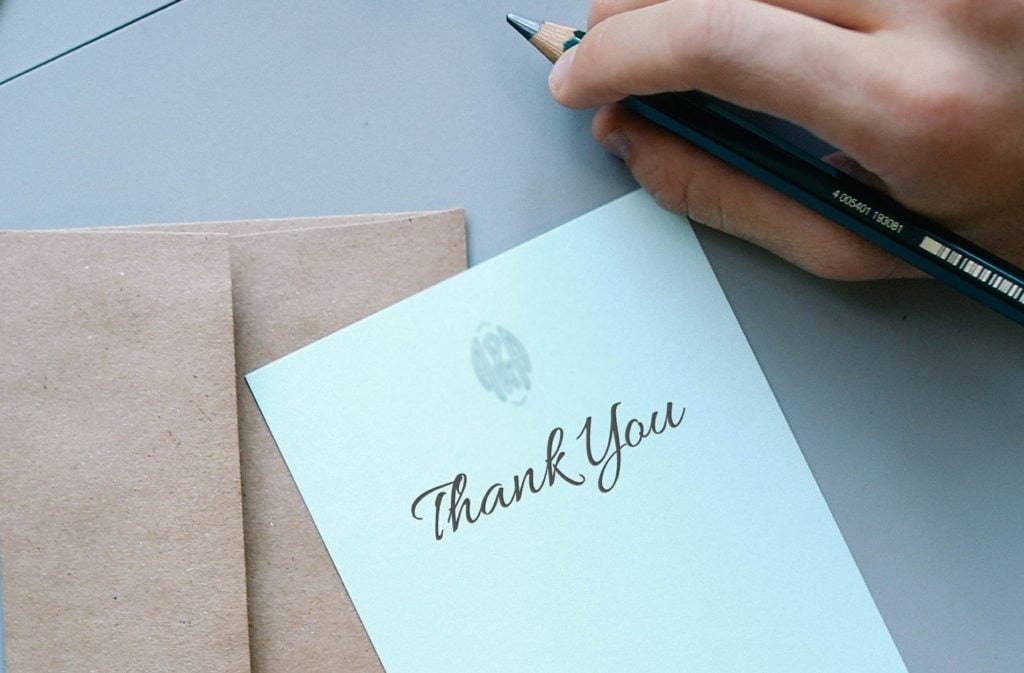How to respond well to questions and demonstrate your presentation skills

Your presentation skills are a core business asset which can make or break a career, because presenting well affects your reputation. And if you want to deliver great presentations there are a lot of things to take into consideration. But one of the most important things to show your skills is knowing how to respond when asked a question.
Here are our top ten tips for what to do when answering questions during a presentation.
- Repeat the question to buy yourself time, but say it in your own words. This gives you a little more time to think, ensures you’ve understood them, and allows everyone in the room to know what you’re about to answer. Not only that, but rephrasing it might help you come up with a better response
- Moving towards the questioner shows confidence and that you haven’t got anything to hide. It shows that you aren’t afraid of them or their question
- Opening up to the audience for comment when you don’t know the answer to a question makes you look open and collaborative. Just control the conversation so that you don’t end up going down a rabbit hole of discussion.
- When you get asked multiple questions at once, don’t hesitate to only answer one of them. This means that you won’t get monopolized by just one person. Answer the question you’re best positioned to respond to, or the one which will most help people understand your point.
- Sometimes there’s a “better question” which will lead to a better, more helpful answer. Don’t be afraid to answer that question instead, but do be sure to explain why. This means that you won’t come across as evasive.
- Avoid saying “good question”: everyone knows that it’s just playing for time. Not only that, if you say it repeatedly then by the third time you’ll just look foolish.
- How often do presentations stress you out a bit? We all get like that sometimes, and often assume that all questions are hostile; however most of them aren’t. People might want to show that they’re knowledgeable, or vent a grievance, or genuinely get clarity. And it’s this last reason which is most common, so in your presentation skills toolset you should remember that questions are normally a sign of audience engagement.
- If you really don’t know how to answer the question, it’s OK to admit that. However, it’s important that if you commit to getting back to someone that you actually do so – be sure to get their details and then get back to them as soon as possible.
- When you’re actually answering a question, you should look at the person who asked it. However, look away when you’re finishing: look back at your notes to make it clear that you aren’t handing back to the questioner.
- You should always bear in mind the whole audience – if you’re monopolized how will they feel? Sometimes it’s best to bring the discussion back on track by offering to take the issue offline. And in the same way as if you’re answering a question later, do be sure to actually have this conversation.
Have you found these tips interesting or helpful? Comment below or send us an email to let us know how you show your presentation skills. And of course, if you want to talk to us about bringing our workshops to your business, have a look at our proven workshops.



SUBMIT YOUR COMMENT